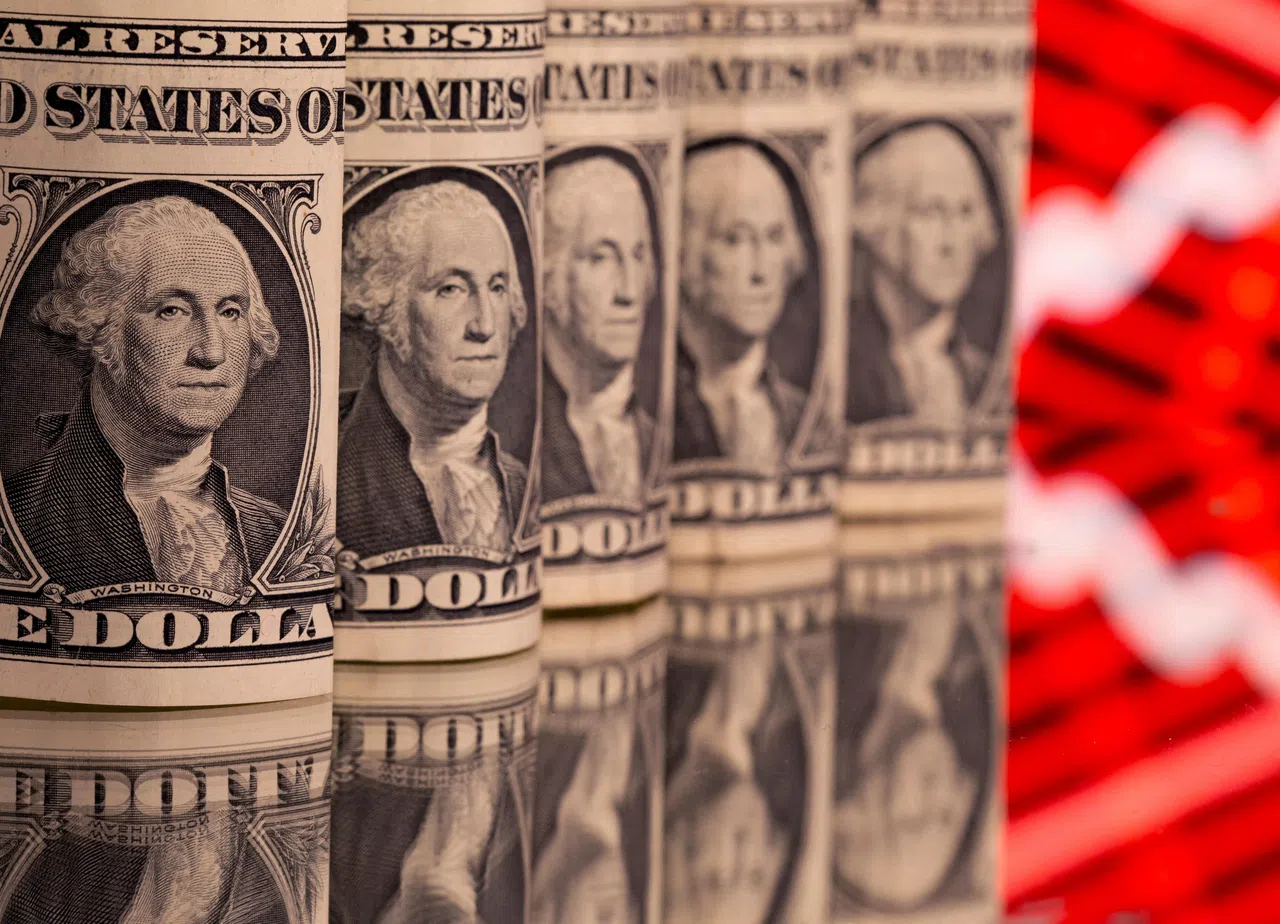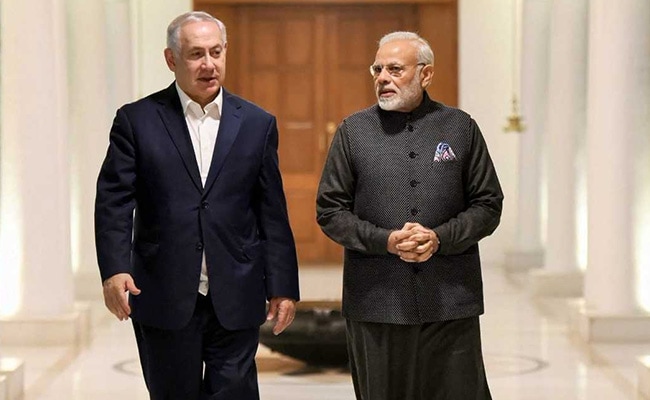THE US dollar was slightly weaker on Monday (Jun 24) but remained close to an almost eight-week high, while the yen briefly jumped as it languished near the 160 level, which had earlier drawn verbal warnings from Japanese authorities.
The yen weakened to 159.94 per dollar in early trade, its lowest since Apr 29, when the yen touched a 34-year low of 160.245, leading to Japanese authorities spending roughly 9.8 trillion yen to support the currency.
A brief surge in the currency in the European morning saw it trade as high as 158.75 per dollar, with analysts noting that the market is on edge given current levels.
“Certainly didn’t look like intervention … nonetheless, it does speak to how jittery the market likely is about the prospect for intervention,” said Michael Brown, senior research strategist at Pepperstone.
“I think so long as any further weakness is not especially rapid or disorderly in nature, the MOF (Ministry of Finance) are unlikely to step in just yet.”
The yen was last slightly firmer at 159.54 per dollar.
BT in your inbox
Start and end each day with the latest news stories and analyses delivered straight to your inbox.
Earlier, Japan’s top currency diplomat Masato Kanda said authorities will take appropriate steps if there is excessive foreign exchange movement, and that the addition of Japan to the US Treasury’s monitoring list would not restrict their actions.
The yen has come under renewed pressure after the Bank of Japan’s (BOJ) decision this month to postpone reducing bond-buying stimulus until its July meeting. It is down 1.5 per cent in June.
A summary of opinions at the BOJ’s June policy meeting on Monday showed some policymakers called for raising interest rates in a timely fashion as they saw a risk of inflation overshooting expectations.
The yen, which is highly sensitive to US Treasury yields, is down more than 10 per cent against the dollar so far this year, weighed down by the wide difference between interest rates in Japan and the US.
The spotlight this week will be on the US personal consumption expenditures price index due on Friday.
Economists polled by Reuters expect annual growth in the index to slow to 2.6 per cent in May. A soft reading is likely to bolster bets on a rate cut as early as September, which futures currently price as a 70 per cent prospect.
The dollar index, which measures it against six major currencies, was last at 105.56, edging back from a nearly eight-week high of 105.91 it touched last week.
The focus through the week will also be on politics, with the first US presidential debate on Thursday and the first round of voting in the French election at the weekend.
“You’re going to see a lot of defensive positioning going into the first round of the French election and US presidential debate,” said Simon Harvey, head of FX analysis at Monex.
“While there is a sense of calm which is weighing on the dollar this morning, political risk is still a decent source of strength for the dollar and we expect the dollar index to finish the week higher.”
The euro, which has been under pressure since French President Emmanuel Macron called a snap election earlier this month, was up 0.3 per cent at US$1.0727 but was still down 1.2 per cent in June so far.
France’s far right National Rally (RN) party and its allies were seen leading the first round of the country’s elections with 35.5 per cent of the expected vote, an opinion poll published on Sunday showed.
RN lawmaker Jean-Philippe Tanguy, who is widely seen as the most likely candidate to head the finance ministry if the party wins and forms a government, told Reuters an RN government would stick to the European Union’s fiscal rules.
Meanwhile, spot yuan was trading at 7.26 per dollar, close to its lowest in seven months, weighed by broad strength in the dollar and worries about weakness in the world’s second-largest economy. REUTERS






